Compound C4H8O2 exists in various strutures as shown:
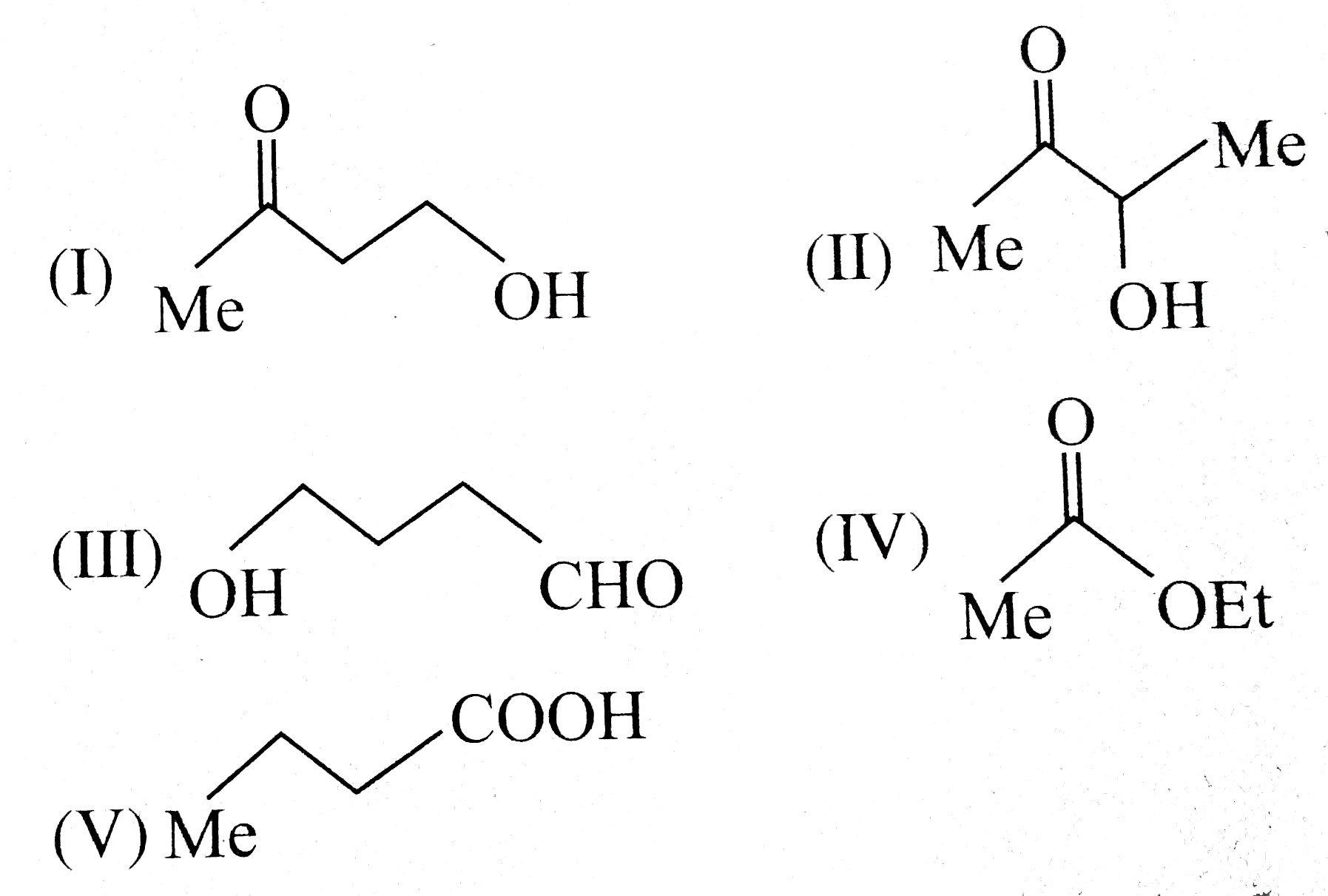
Which statement(s) is/are correct?
a.Compounds I and II give iodoform test. Compound I gives white turbidity on heating with Lucas reagent, while compound II reduces Tollens reagent.
b.Compound III gives silver mirror with [Ag(NH3)2]⊕ and does not react with NaOBr.
c.Compound IV on acid hydrolysis gives C2H5COOH and MeOH
d.Compound V on heating is decarboxylated to propane.
The correct Answer is:A, B
a. Compound (I) contains ⎛⎜
⎜⎝Me−O∣∣C−⎞⎟
⎟⎠ group hence gives iodoform test. It also contains 1∘ alcoholic with Lucas reagent (anhydrous ZnCl2:conc.HCl=1:1). Compound (II) reduces Tollensreagent although it does not contain (−CHO) group but T.R. test is also given by α-hydroxy ketones.
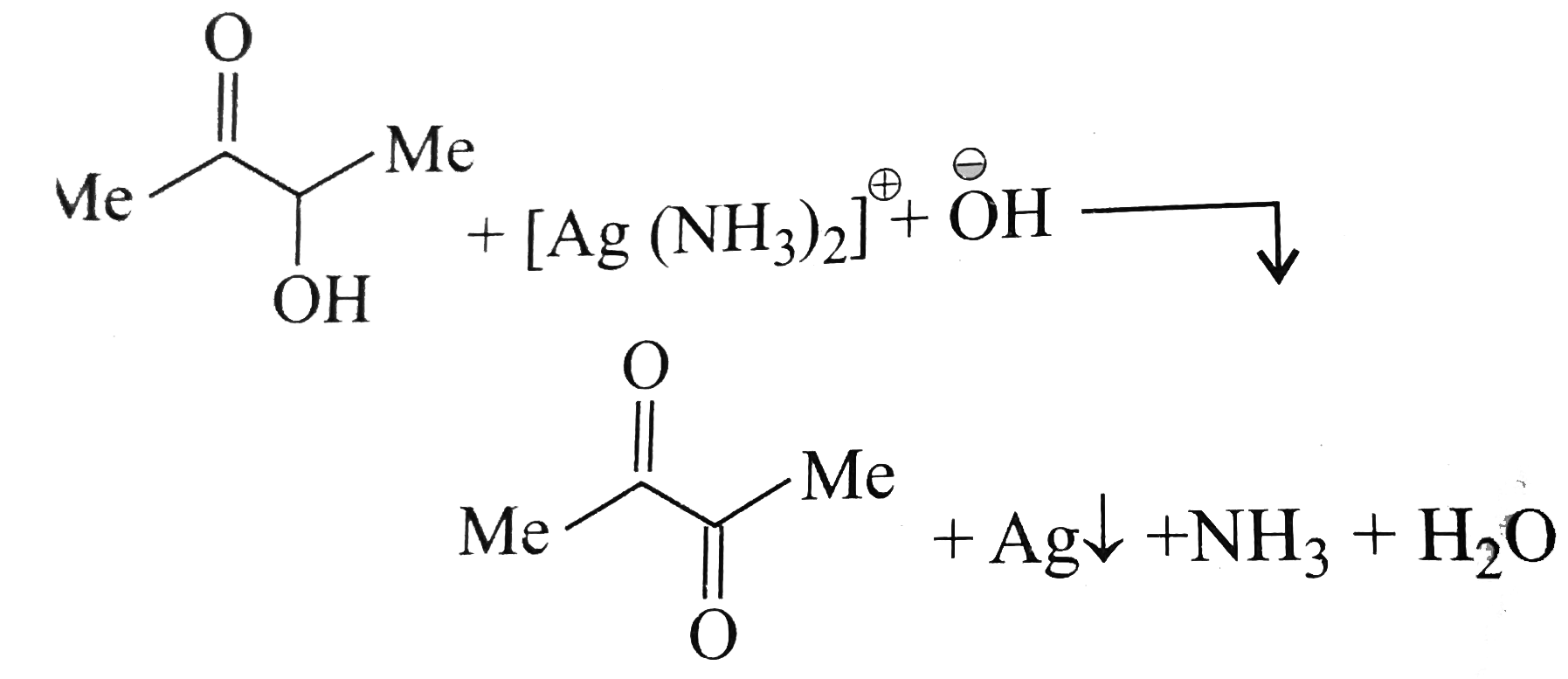
So the statement (a) is correct.
b. Compound (III) is an aldehyde, so it gives positive T.R. test but it does not give halform reaction with NaOBr or (NaOH+Br2), since it does not contain (CH3−CHO) group. So the statement (b) is also correct.
c. 
d. Compound (V) on heating cannot decarboxylate, but with soda lime it can decarboxylate to give propane. Only acids containing β−ke→ group can easily undergo decarboxylation on heating.
So the statement (d) is wrong.
Hence, the answer are (a) and (b).
Topper's Solved these Questions
- REDUCTION AND OXIDATION REACTION OF ORGANIC COMPOUNDSBOOK - CENGAGE CHEMISTRY ENGLISHCHAPTER - REDUCTION AND OXIDATION REACTION OF ORGANIC COMPOUNDSEXERCISE - Exercise (Single Correct)
90 Videos
- REDUCTION AND OXIDATION REACTION OF ORGANIC COMPOUNDSBOOK - CENGAGE CHEMISTRY ENGLISHCHAPTER - REDUCTION AND OXIDATION REACTION OF ORGANIC COMPOUNDSEXERCISE - Exercise (Assertion And Reasoning)
10 Videos
- REDUCTION AND OXIDATION REACTION OF ORGANIC COMPOUNDSBOOK - CENGAGE CHEMISTRY ENGLISHCHAPTER - REDUCTION AND OXIDATION REACTION OF ORGANIC COMPOUNDSEXERCISE - Exercise (Linked Comprehension)
52 Videos
- QUALITATIVE INORGANIC SALT ANALYSISBOOK - CENGAGE CHEMISTRY ENGLISHCHAPTER - QUALITATIVE INORGANIC SALT ANALYSISEXERCISE - Viva Voce Questions And Part-C (Analysis Of Cations)
42 Videos
- SOLID STATEBOOK - CENGAGE CHEMISTRY ENGLISHCHAPTER - SOLID STATEEXERCISE - Ex 1.2 (Objective)
9 Videos
Similar Questions
Knowledge Check
Compound (X) C4H8O gives positive haloform test but does not give 2,4-DNP derivative is
A B
B C
C D
D
Compound (A) C10H22O2 is insoluble in aq. NaOH but not in NaHCO3. Treatment of (A) with DMSO ⎛⎜ ⎜⎝CH3−O∣∣S−CH3⎞⎟ ⎟⎠ in alkali give (B) C11H14O2. Treatment of (A) with strong alkali alone give an isomeric compound ( C). When (A) is refluxed with HI, CH3I is obtained, compound (B) is insoluble in alkali and decolourises Br2/CCl4. (B) on treating with strong base gives (D), an isomer of (B). Ozonolysis ( C) of gives (E), C8H8O3 and isomer of vanilline. Ozonolysis of (D) gives (F) C9H10O3, which is identical with product of methylation of vanilline (4-hydroxy-3-methoxy benzaldehyde).
Structure of compound (A) is :A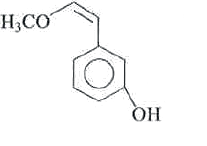 B
B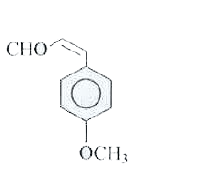 C
C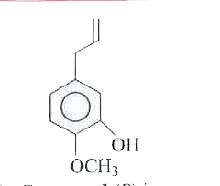 D
D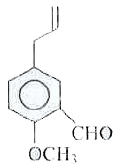
A mixture of n1 moles of Na2C2O4 and NaHC2O4 is titrated separately with H2O2 and KOH, to reach at equivalence point. Which of the following statement is/are correct?
View SolutionCompound (A) C5H8O2 liberated CO2 on reaction with sodium bicarbonate. It exists in two forms neither of which is optically active. It yielded compound (B) C5H10O2 on hydrogenation. Compound (B) can be separated into enantiomorphs. Write structures of (A) and (B).
View Solution8 gm H2and32gmO2 is allowed to recant to form water then which of the following statement is correct ?
View SolutionAn organic compound (A) , C4H8Cl2 on hydrolysis forms another compound (B) , C4H8O.
If all possible structures of (B) visualised above in (a) and (b) are treated with Zn - Hg/HCl , what are the products ?
View SolutionAn optically active compound H(C5H6O) on treatment with H2 in the presence of Lindlar's catalyst gave a compound I (C5H8O). Upon hydrogenation with H2 and Pd/C, Compound H gave J (C5H12O). Both I and J were found to b optically inactive. Select the correct statements.
View Solution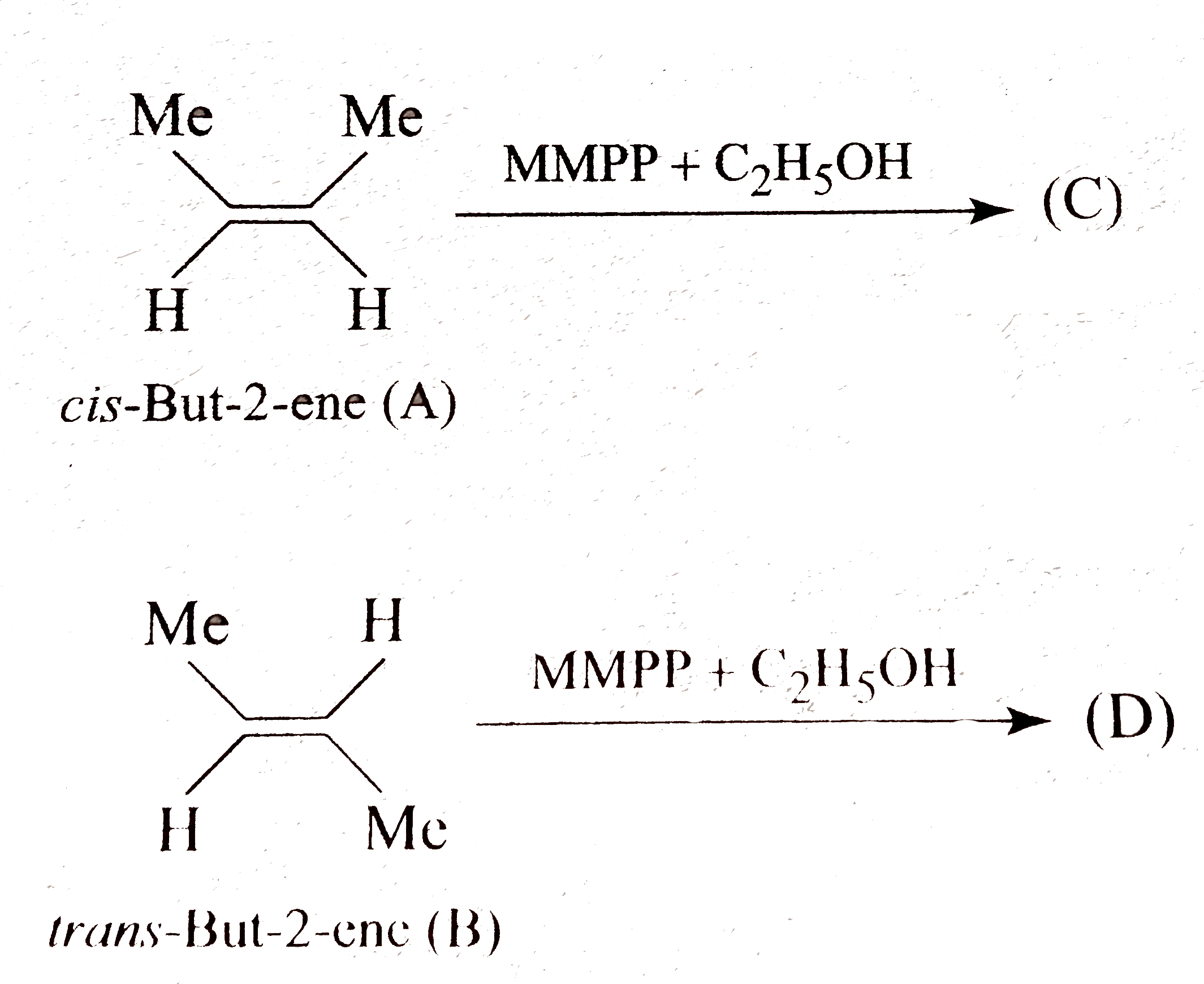
(C) H3O+/H2O−−−−−−−→(E)
(D) H3O+/H2O−−−−−−−→ (F)
Which of the following statements is / are correct ?
View Solution
